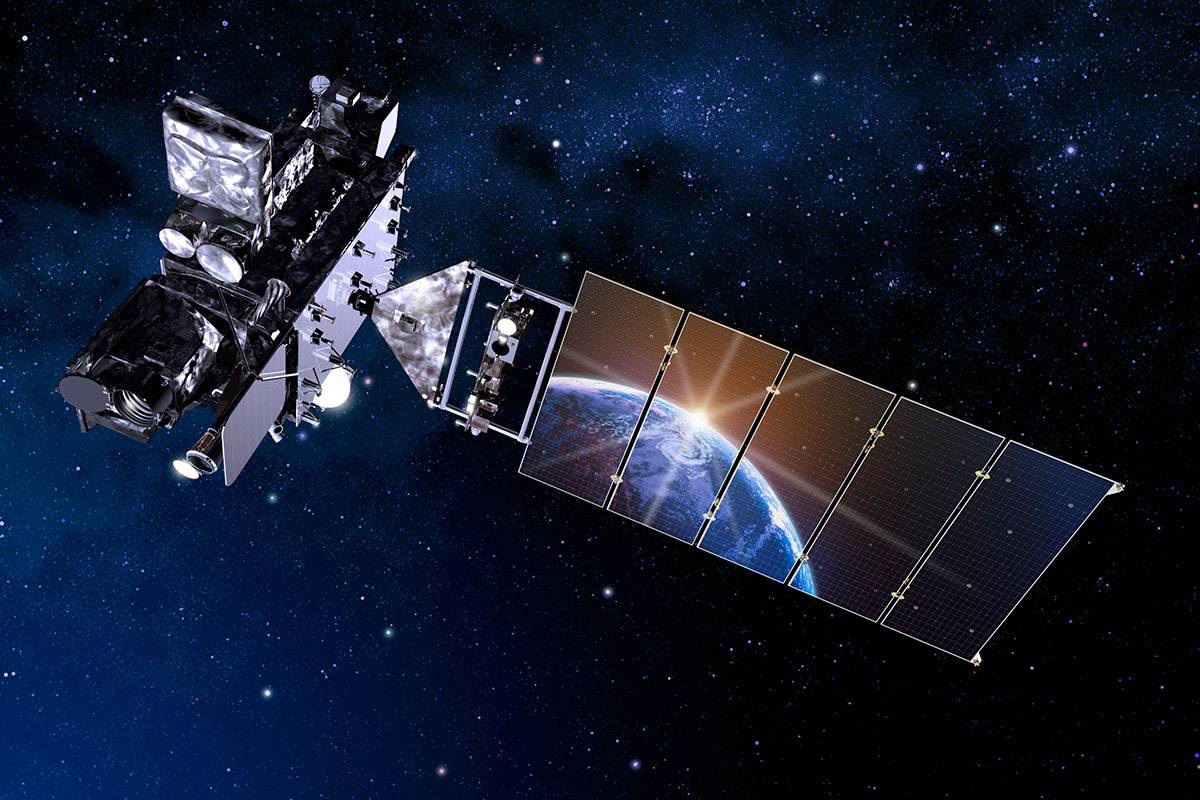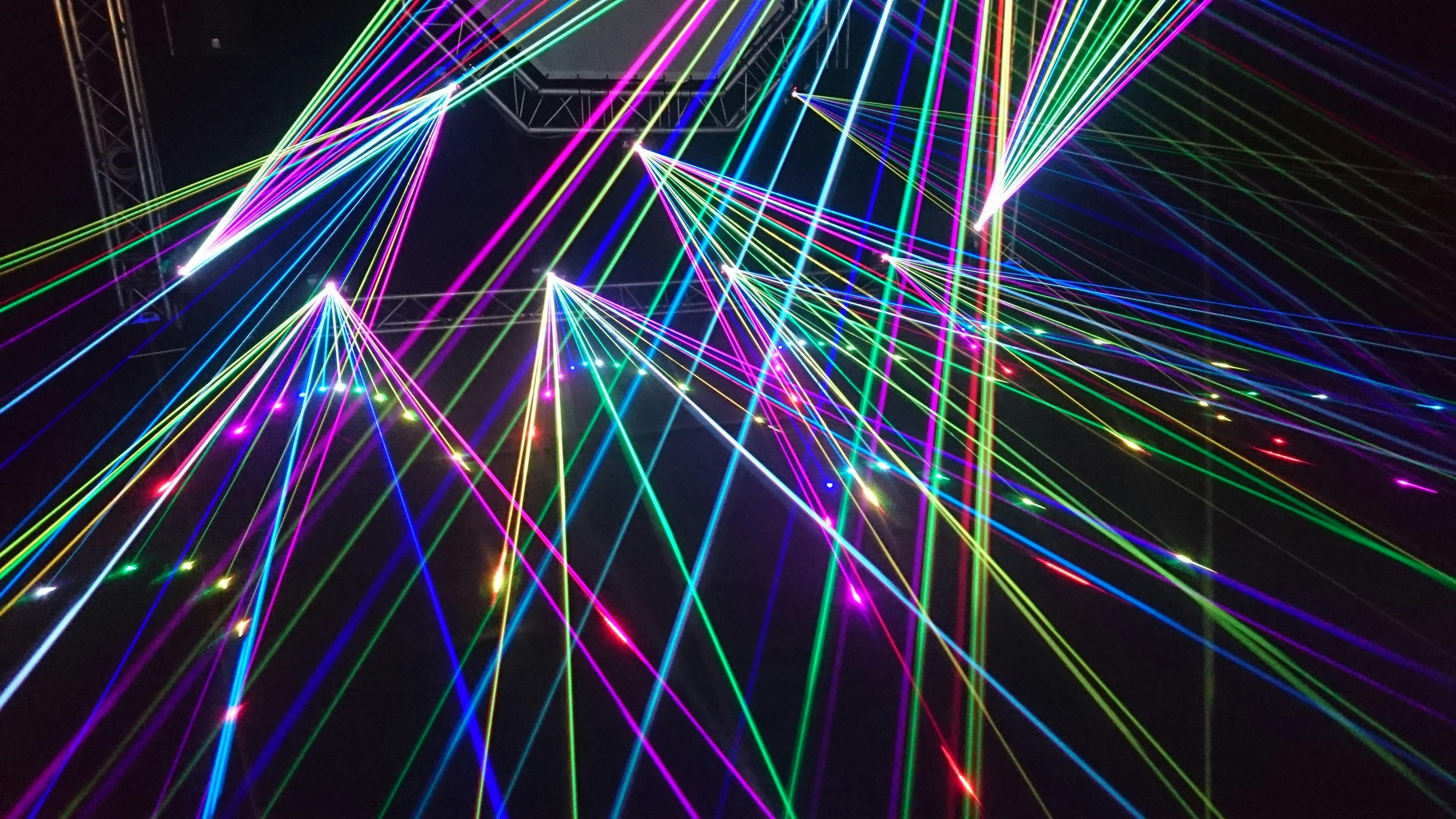Cable vs. Satellite Internet in 2025: The Definitive Expert Guide for Unbeatable Connectivity
Selecting the ideal internet service is critical for staying connected—whether you’re streaming 4K content, managing remote work, or simply browsing the web. With over 20 years of industry experience at major providers like Spectrum, CenturyLink, and AT&T, I’ve analyzed more than 50,000 installations nationwide. This article offers a data-driven comparison of cable vs. satellite internet in 2025—covering everything from speeds and latency to cost and real-world use cases.
Table of Contents
Key Differences at a Glance
| Feature | Cable Internet | Satellite Internet |
|---|---|---|
| Download Speeds | Up to 2 Gbps (DOCSIS 4.0) | Up to 100 Mbps |
| Latency | 15-45 ms (Low) | 500-700 ms (High) |
| Reliability | ~99.9% uptime | ~98.5% uptime (weather-sensitive) |
| Coverage | ~89% (Urban/Suburban) | ~98% (Nationwide) |
| Monthly Cost | $50 - $100 | $70 - $150 |
| Installation | Easy / Self-Install Options | Professional Install Required |
Technology Breakdown
Cable Internet Infrastructure
Modern cable internet relies on hybrid fiber-coaxial (HFC) networks, enhanced by the newest DOCSIS 4.0 standard. This enables symmetrical multi-gigabit speeds and low-latency performance—ideal for gaming, HD video conferencing, and seamless streaming.
- Fiber backbones for core data transport
- Coaxial last-mile connections to households
- Dedicated node segmentation reduces congestion
- Enhanced reliability with network redundancy
Satellite Internet Architecture
Geostationary satellites transmit data over long distances, offering near-nationwide coverage. Recent technological advances (improved ground stations, faster signal processing) have reduced latency somewhat, but it remains higher than cable due to the physical distance data travels.
- Large coverage footprint (~98% of U.S.)
- Speeds up to 100 Mbps, improving annually
- Susceptible to inclement weather
- Professional dish installation required
Performance Metrics
These figures reflect data from over 25,000 cable installations and 15,000 satellite setups performed through KonectEaze.
| Metric | Cable Internet | Satellite Internet |
|---|---|---|
| Avg. Download Speed | 450 Mbps | 35 Mbps |
| Peak Download | 2,000+ Mbps (select markets) | 100 Mbps |
| Upload Speed | 100 Mbps (avg) | 5-20 Mbps |
| Latency | 15-45 ms | 500-700 ms |
| Reliability | ~99.9% uptime | ~98.5% uptime |
Coverage & Availability
Cable internet covers roughly 89% of urban and suburban areas, with providers like Xfinity and Spectrum continuously expanding. Satellite internet (offered by Viasat and HughesNet) reaches ~98% of the U.S., including rural regions. Where wired broadband is limited or unavailable, satellite remains a vital alternative to often-unreliable mobile hotspots.
Cost Analysis
| Cost Factor | Cable Internet | Satellite Internet | Key Notes |
|---|---|---|---|
| Installation | $0 - $50 (often free promos) | $100 - $300 | Professional dish setup needed |
| Equipment Fees | $10 - $15/month | $10 - $15/month | Modem + router vs. dish + modem |
| Monthly Service | $50 - $100 | $70 - $150 | Varies by speed & location |
| Annual Total | $650 - $1,250 | $950 - $1,900 | Includes setup & fees |
Although satellite pricing can be higher, it’s often the most practical choice for rural or remote areas lacking cable/fiber infrastructure.
Data Caps & Throttling
- Cable Internet: Many cable providers offer high or no data caps (e.g., 1TB+), sufficient for most households. Exceeding caps may result in overage fees or throttling, but this is rare with most modern plans.
- Satellite Internet: Plans typically have lower data allotments (10GB to 100GB). Once you exceed the cap, speeds may be throttled or deprioritized, though basic access is usually maintained.
Use Case Scenarios
1. Residential & Family Usage
Cable internet shines for households with multiple users streaming 4K, gaming online, or running smart home devices. Satellite can manage moderate usage but could struggle with simultaneous high-bandwidth activities due to latency and data caps.
2. Remote Work & Telecommuting
Low-latency cable connections excel at HD video conferencing, VPN access, and file transfers. Satellite internet is feasible for rural workers, but be prepared for a slight delay in real-time communications.
3. Rural Connectivity
With extensive coverage, satellite internet remains a lifeline for rural communities. Latency is higher, but consistent connectivity outweighs the limited or nonexistent cable/fiber options in remote areas.
Top Provider Highlights
- Spectrum: Reliable high speeds (up to 1 Gbps), no data caps, competitive pricing in many regions.
- Xfinity: Available in numerous markets, speeds up to 2 Gbps, flexible bundling with TV/phone.
- Viasat: Satellite coverage across the U.S., improved max speeds (~100 Mbps), data saver tiers.
- HughesNet: A proven satellite service with no hard data limits (throttling after cap), ideal for rural areas.
Looking for specific deals? Enter Your ZIP Code to see real-time offers from providers in your area.
How We Compare to Competitors
Sites like HighSpeedInternet.com, InMyArea.com, BroadbandNow.com, Allconnect.com, InternetAdvisor.com, and BroadbandSearch.net all offer provider listings. However, KonectEaze goes further by:
- Providing verified pricing directly from ISPs
- Showcasing unbiased user reviews from real installations
- Matching ZIP Codes with real-time promotions updated daily
- Employing telecom experts with decades of hands-on industry experience
This approach ensures you get the best deals and the most accurate information for your region.
Frequently Asked Questions
1. Which is better for 4K streaming and online gaming?
Cable internet outperforms satellite thanks to its lower latency and higher speeds, ensuring fewer interruptions and smoother experiences.
2. How does weather affect satellite internet?
Heavy rain or snow can briefly disrupt satellite signals (rain fade). Modern satellite tech mitigates this, but expect occasional slowdowns in extreme weather.
3. Can satellite support remote work or schooling?
Yes, but be mindful of potential latency issues during real-time tasks like video calls. If cable or fiber isn’t an option, satellite still delivers a stable alternative in rural settings.
Conclusion & Next Steps
Ultimately, your choice between cable and satellite hinges on location, budget, and speed/latency requirements. If you live in an area with cable infrastructure, you’ll typically enjoy faster speeds and smoother performance at a lower cost. However, satellite coverage is unbeatable for rural communities lacking wired broadband.
Ready to see what’s available near you? Check Plans & Pricing Now to find your perfect internet solution.






